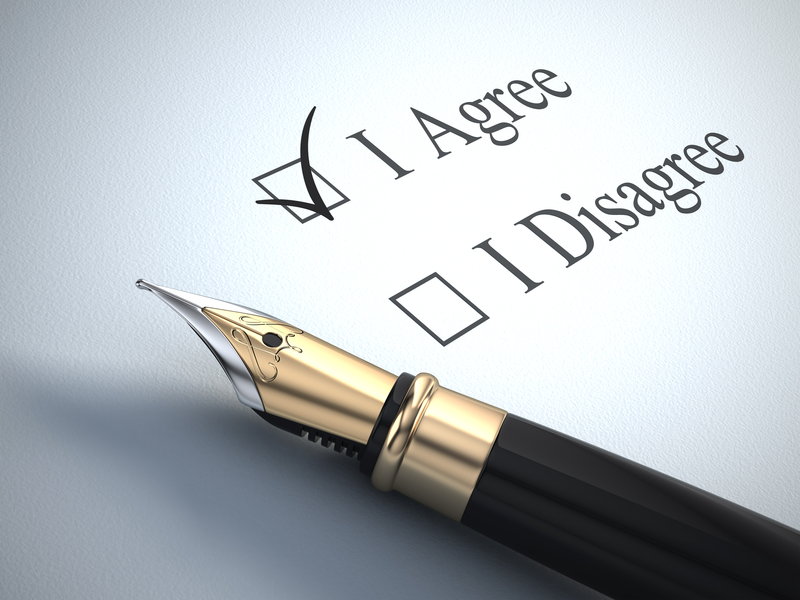The Commodification of Mercenaries
The world has shifted. States that used to symbolize the holders of world order have now become the spoils of war.

Although broad, the trade of mediation is one that can be defined, measured, and evaluated and an astute consumer should be able to shop for a product that is distinguishable from other types of conflict resolution interventions.
Mediation is a confidential problem-solving process whereby an impartial third-party assists two or more consenting participants to prevent, manage, or resolve a conflict by helping them develop mutually satisfactory solutions to the issues being disputed.
The process used by a mediator can vary according to the role of the mediator, what he or she seeks to achieve, and the complexity of the conflict [1]. The communication strategies that the mediator uses at the table can also vary and range from integrative, transformative, analytical, evaluative, facilitative, to inactive.
Unifying this broad spectrum of interventions are three principles underpinning every mediation process: (1) impartial; (2) voluntary; and (3) confidential, except for imminent threats of violence or impending harm.
Mediation is ultimately about changing the way parties in a conflict behave, but processes that are persuasive, coercive, or manipulative fall outside of the mediator’s ethical boundaries.
Subjective evaluation indicators are those that refer to the participants’ perception that the goals of mediation were achieved or that a desired change has taken place. Mediation is then qualified as successful when the parties express satisfaction with the process or the outcome of the mediation. Even if a conflict remains unresolved, mediation can change the way the disputants feel about each other and lead to long-term improvement in relationships [2].
Using objective indicators to assess impact, the success of mediation can be measured by a cessation or reduction in the level of violent behavior, by the number of interchanges between the parties, and/or the signing of a binding agreement. Other indicators include the durability of the settlement, the speed with which it was achieved, the cost of achieving it, and the number of issues resolved.
Most importantly, evaluating the success of mediation should be done according to criteria that are significant to its own context.
__________
